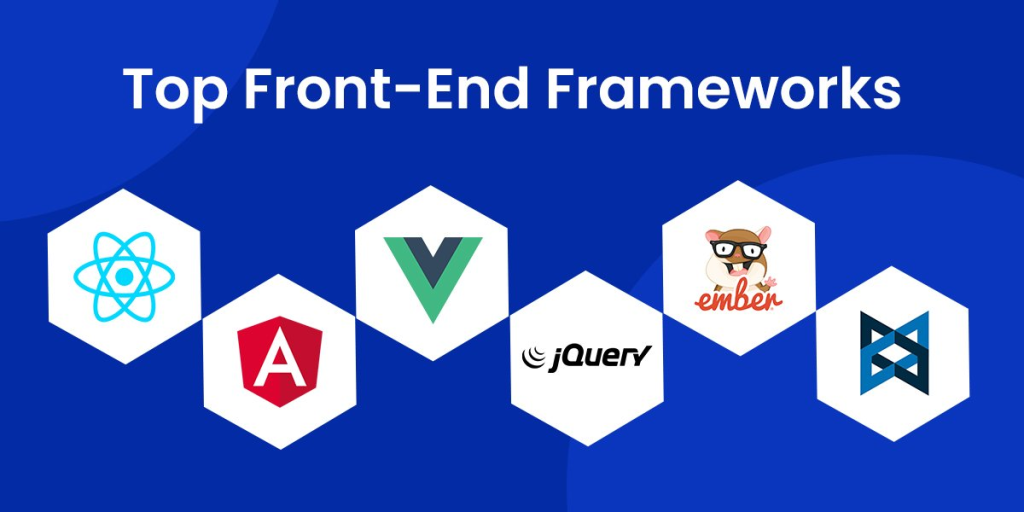Front-end frameworks have revolutionized the way web developers build modern, responsive, and visually appealing websites. By providing pre-built components and streamlined workflows, frameworks like React, Angular, and Vue.js allow developers to create user-friendly interfaces efficiently. Whether you’re a beginner or an experienced developer, understanding the fundamentals of front-end frameworks is key to building dynamic and maintainable web applications.
What Are Front-End Frameworks?
Front-end frameworks are collections of pre-written HTML, CSS, and JavaScript code libraries that help developers create websites and applications faster and more consistently. These frameworks are designed to address common challenges such as responsive design, browser compatibility, and user interface (UI) consistency. Popular examples include:

- React: A JavaScript library for building user interfaces, focused on component-based architecture.
- Angular: A full-fledged framework maintained by Google, ideal for building single-page applications (SPAs).
- Vue.js: Known for its simplicity and flexibility, Vue.js is a lightweight yet powerful framework.
“The best frameworks empower developers to focus on creativity and functionality rather than reinventing the wheel.”
Benefits of Using Front-End Frameworks
- Speed and Efficiency
Frameworks eliminate the need to write repetitive code, allowing developers to focus on unique features. - Responsive Design
Most frameworks include responsive grid systems and utilities to ensure mobile-friendly designs. - Community Support
Large communities provide extensive documentation, tutorials, and troubleshooting support. - Consistency
Built-in guidelines and pre-designed components ensure a cohesive design across your application.

Key Considerations When Choosing a Framework
When selecting a front-end framework, consider the following factors:
- Project Requirements: Match the framework to your specific needs, such as animation-heavy designs or simple UI enhancements. Learn more about how animations can enhance your project by exploring the Introduction to Animation in Web Development.
- Learning Curve: Some frameworks are beginner-friendly, while others require more technical expertise.
- Scalability: Choose a framework that can grow with your project’s complexity.
- Browser Accessibility: Accessibility (A11Y) should always be a priority. To better understand accessibility, check out our Introduction to Accessibility (A11Y).
Tools That Complement Front-End Frameworks
For developers working with frameworks, tools like CSS preprocessors can greatly enhance productivity and design flexibility. CSS preprocessors like Sass allow you to write more maintainable stylesheets. Dive deeper into this topic with the article Introduction to CSS Preprocessors: Unlocking the Power of Sass.
Conclusion
Front-end frameworks are indispensable tools for modern web development, offering speed, consistency, and functionality. By integrating them into your workflow, you can deliver high-quality web applications while saving time and effort. Whether you’re focusing on creating animations, ensuring accessibility, or writing cleaner styles, the right framework can make all the difference.
Embrace the power of front-end frameworks and elevate your development journey









